My goal is to reduce LEDs brightness dynamically with LDR. Power supply is 12V car battery. LEDs are about 3V. LDR will vary from 10k to 100k.
I found out that I can use LM317 to adjust voltage. Now I do not know how to decrease voltage even more when it's dark out side (LDR resistance increases). I cannot use LDR as resistor for adjustments, because it will increase voltage when there is little or no light. I need just opposite.
I found circuits that use Pulse Width Modulation to adjust voltage with LM317, so that gives me an idea, that I can use op-amp with LDR to achieve what I want? But I am not sure how to wire this circuit correctly then.
This circuit might be right direction Problems controlling an LM317 with an op-amp

